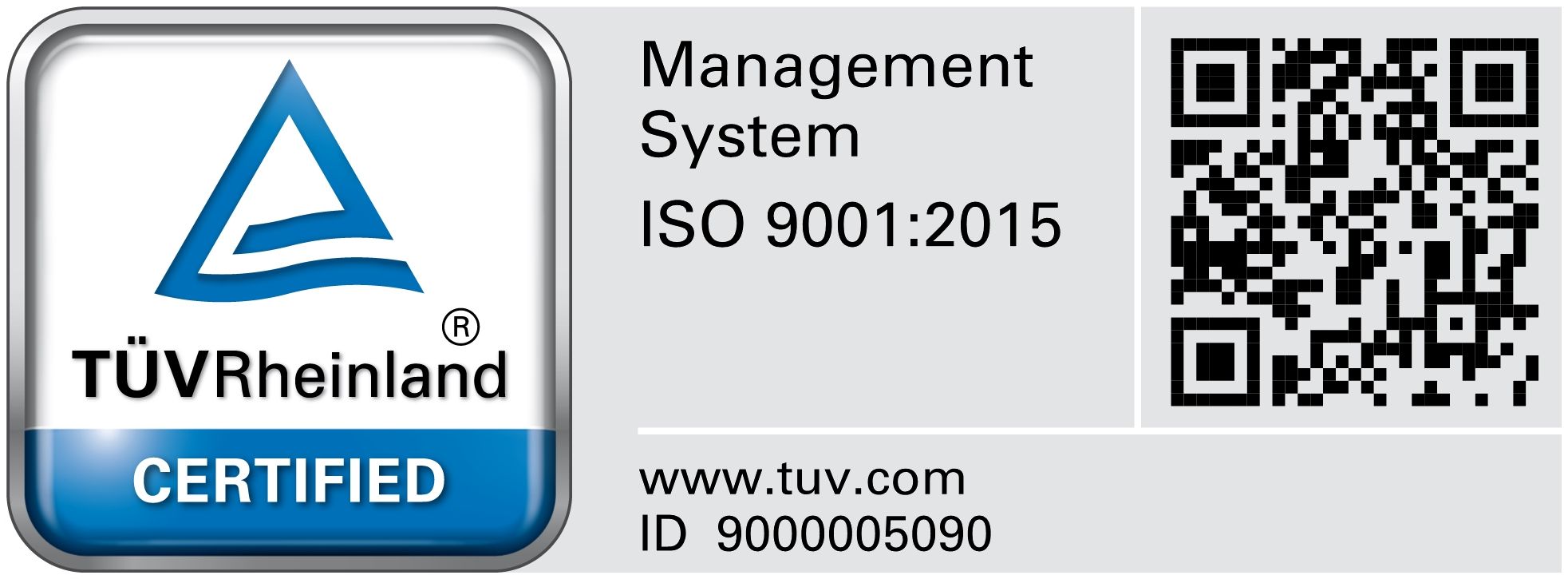Filters
Flat filters, membranes and thimbles are capturing elements used to separate solid particles or aerosol fractions from the gas stream. The capability of a filter or membrane to block and retain the particles is not only related to the mesh “sieve” effect but also to the combination of various physical principle effects contributing to obtain the maximum separation efficiency.
-
![]()
Brownian motion (Diffusion)
The brownian motion (diffusion) refers to the random movement of a particle caused by the collision with gas molecules/atoms at molecur scale. During the free movement in the gas stream, the particle will hit the filter fiber. Smaller is the particle (<0,1 μm) and greater is its probability to hit a fiber of the filter element, and then get separated from the gas stream. The filters using the brownian movement give better separation efficiencies with particles having smaller diameters. -
![]()
Inertia (Impact)
Particles with diameters greater than 0,3 μm do not follow the gas streams through the filters fibers because of their higher inertia, but inertia is also the reason of their impact on the filter fibers. When getting close to the fiber, the flow direction change and is deviated but the inertia of the particle, will prevent it from following the flow and will proceed on straight line impacting on the fiber. -
![]()
Direct interption
Particles following the gas flow may still be collected on the fiber even without inertia effect. For instance, if a particle with 1 μm diameter follows the gas direction but gets close to the fiber at <0,5 μm, this particle will touch the fiber and be removed from the flow. -
![]()
Electrostatic affinity
Particles may be attracted from electrostatically charged fibers. This capture mechanism is independent from the size of the particle matter. -
![]()
Sieve
Particles with dimensions bigger than the interspaces between fibers are trapped within the mesh. -
The elusive particle
When a particle enters in contact with a fiber of the filter, it is captured and removed from the air flow. Filters are designed to have very short distances between the fibers of the mesh in order to have also Van der Waals forces attracting the particles. Once they are collected, it is very difficult to remove them efficiently. In the picture here below, it is possible to notice that exists a particular size to which no one of the previously decribed collection mechanisms (diffusion, impact etc) work well. This is defined as the most penetrating particle size (MPPS) and represents the best indicator for the filter performances. If the filter has a high MPPS performance value, then both smaller and bigger particles will be collected with even higher efficiency. This is reason why 0,3 μm is considered the reference size to test a filter.

Glass Fiber

Quartz fiber

Cellulose

Polymeric Membrane PTFE

Polymeric Membrane PCTE

Ceramic filters

Alumina Oxide membranes

Silver Membranes


Dado Lab Srl
Via Pellizza da Volpedo 101A,
20092 Cinisello B. (MI)
tel. +39 02 36569420
e-mail: This email address is being protected from spambots. You need JavaScript enabled to view it.
R.E.A. MI n°2062810
Capitale Sociale € 50.000,00 I.V.
P.IVA 08356080963


Dado Lab Srl
Via Pellizza da Volpedo 101A,
20092 Cinisello B. (MI)
tel. +39 02 36569420
e-mail: This email address is being protected from spambots. You need JavaScript enabled to view it.
R.E.A. MI n°2062810
Capitale Sociale € 50.000,00 I.V.
P.IVA 08356080963


Dado Lab Srl
Via Pellizza da Volpedo 101A,
20092 Cinisello B. (MI)
tel. +39 02 36569420
e-mail: This email address is being protected from spambots. You need JavaScript enabled to view it.
R.E.A. MI n°2062810
Capitale Sociale € 50.000,00 I.V.
P.IVA 08356080963





